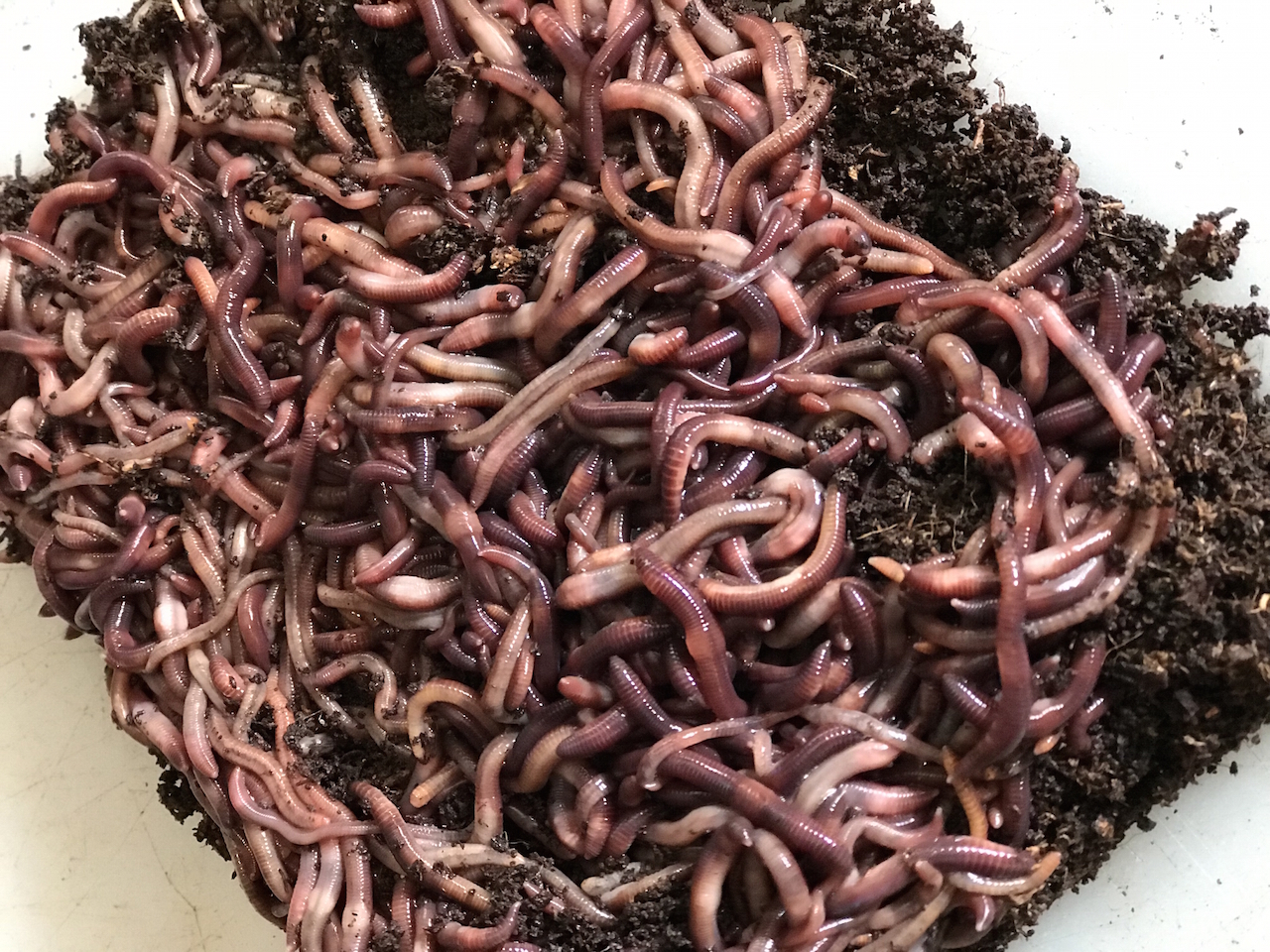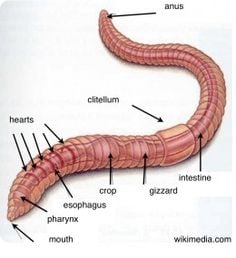Red Wiggler Worms - Perfect for Vermicomposting and Soil Enrichment
Red Wiggler Worms - Perfect for Vermicomposting and Soil Enrichment
Blog Article
Exploring the Interesting World of Red Wiggler Worms: Sustainable Solutions for Waste Monitoring and Dirt Health And Wellness
Within the elaborate web of lasting options for waste administration and soil wellness, one commonly ignored yet profoundly useful player arises - the red wiggler worm. These simple animals, with their starved appetite for natural issue, hold the key to changing waste right into nutrient-rich compost. As we peer into the remarkable globe of red wigglers, a much deeper understanding of their function in the environment unfolds, clarifying their possible to reinvent the way we come close to waste disposal and dirt fertility.
The Function of Red Wigglers in Waste Monitoring
Using red wiggler worms in waste monitoring processes shows a reliable and sustainable technique for natural issue decay. These ravenous composting champions come from the varieties Eisenia fetida and are renowned for their ability to damage down food scraps, paper, and various other organic products into nutrient-rich garden compost. Red wigglers master transforming kitchen waste and yard particles into vermicompost, a beneficial resource that can boost dirt fertility and structure.
Red wigglers play a crucial function in waste administration by eating and absorbing organic matter, consequently decreasing the volume of waste that finishes up in land fills. Their digestive process not only helps to draw away waste from typical disposal methods but also creates top notch garden compost that can be used in landscape design, agriculture, and gardening. The castings left behind by red wigglers are rich in essential nutrients like phosphorus, nitrogen, and potassium, making them a lasting and all-natural option to chemical fertilizers - Red Wiggler Worms.
Benefits of Vermicomposting With Red Wigglers

One key benefit is the rate at which red wigglers break down natural materials. These worms have a starved cravings and can process huge amounts of food waste promptly, resulting in faster compost production contrasted to typical approaches. Additionally, the vermicompost generated by red wigglers is abundant in important nutrients like potassium, phosphorus, and nitrogen, making it a superb organic fertilizer for plants.
Furthermore, vermicomposting with red wigglers assists divert natural waste from garbage dumps, lowering greenhouse gas discharges and adding to an extra sustainable waste management system. By reusing natural issue through vermicomposting, neighborhoods and individuals can lessen their ecological impact while developing a valuable resource for improving soil structure and fertility. Generally, the advantages of vermicomposting with red wigglers make it a economical and eco-friendly remedy for taking care of natural waste and boosting dirt health.
Red Wigglers: Nature's Dirt Engineers
Known for their amazing ability to transform the composition and quality of soil, red wigglers play an important function in improving community dynamics through their dirt design expertise. These simple find out here earthworms tunnel with the soil, creating passages that enhance aeration and water infiltration. By doing so, they facilitate origin development and nutrient uptake by plants, eventually contributing to enhanced dirt fertility. Red wigglers likewise break down raw material like rotting leaves and plant debris, transforming them right into nutrient-rich castings that enrich the dirt with crucial minerals and beneficial microorganisms. Their constant activity helps to blend soil layers, dispersing nutrients much more equally and producing a healthy atmosphere for soil microorganisms.

Red Wigglers and Dirt Health
With their profound influence on dirt structure and environment dynamics, red wigglers contribute in supporting dirt health via their varied dirt engineering tasks. These modest animals play a vital duty in boosting dirt fertility and structure. Red wigglers damage down raw material, such as decaying fallen leaves and kitchen scraps, right into nutrient-rich castings that improve dirt top quality. Their burrowing activities develop passages that freshen the dirt, enabling better water seepage and root development. By boosting microbial activity in the soil, red wigglers aid in vitamins and mineral cycling, making vital nutrients extra readily available to plants. Moreover, their spreadings consist of helpful microorganisms that assist subdue harmful virus, promoting plant wellness. Red wigglers likewise add to dirt gathering, which improves soil structure and security, lowering erosion risks. Generally, navigate here the visibility of red wigglers in the dirt is a clear sign of a healthy and balanced and vibrant community, showing the crucial function they play in maintaining soil health and sustainability.
Implementing Red Wigglers for Sustainability
By introducing red wigglers right into composting systems, organic waste can be efficiently converted right into nutrient-rich vermicompost, lowering the requirement for chemical plant foods and closing the loop on organic matter utilization. pop over to this web-site The castings produced by red wiggler worms are abundant in helpful microorganisms and enzymes that improve dirt framework, boost water retention, and promote plant growth.
In addition to squander administration, red wigglers also play an essential duty in lasting food manufacturing. Their capacity to swiftly refine raw material not just lowers greenhouse gas exhausts from decomposing waste yet likewise provides a lasting resource of protein for animals and aquaculture feed. Incorporating red wiggler worms right into farming systems represents a basic yet effective service for improving sustainability, promoting circular economic climates, and preserving our valuable natural resources.
Verdict
To conclude, red wiggler worms play an important duty in waste monitoring through vermicomposting, benefiting both the setting and soil health and wellness. Their ability to break down raw material and enhance soil framework makes them beneficial allies in sustainable techniques. By implementing red wigglers right into waste management systems, we can decrease waste, enrich soil high quality, and promote environmental sustainability for a healthier earth.
Known for their amazing ability to transform the structure and quality of dirt, red wigglers play a vital role in improving ecosystem dynamics via their soil engineering expertise. Overall, red wigglers are indispensable dirt engineers that play a crucial role in keeping dirt health and wellness and promoting sustainable ecosystem working.
With their extensive impact on dirt structure and ecological community characteristics, red wigglers are important in supporting dirt wellness via their diverse soil engineering tasks. Red wigglers also add to soil gathering, which enhances soil framework and stability, decreasing erosion risks. Overall, the presence of red wigglers in the soil is a clear indicator of a healthy and vibrant community, demonstrating the necessary role they play in maintaining soil health and wellness and sustainability.
Report this page